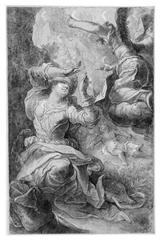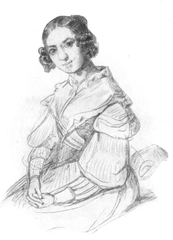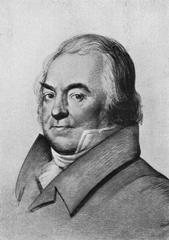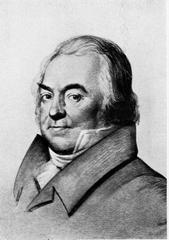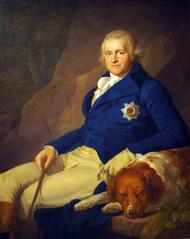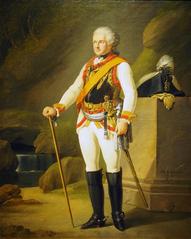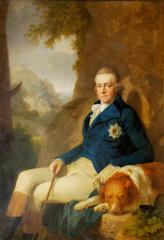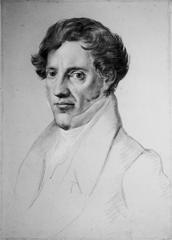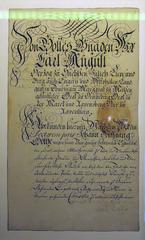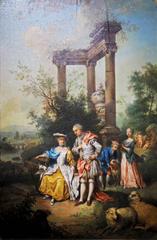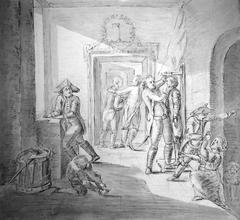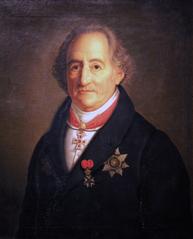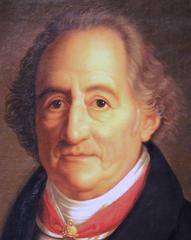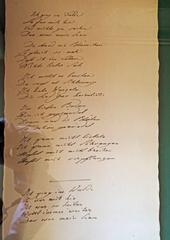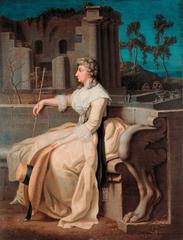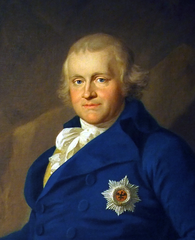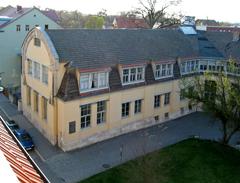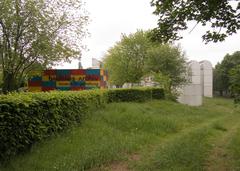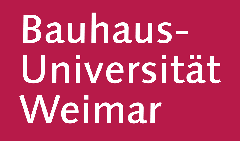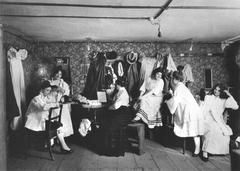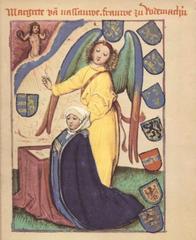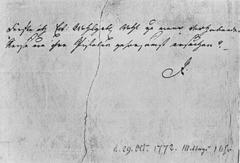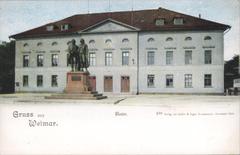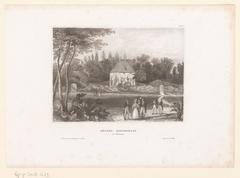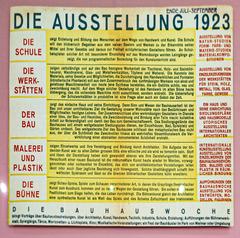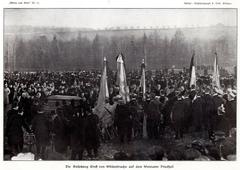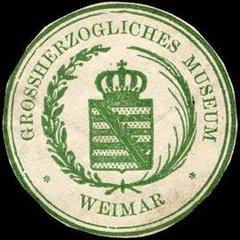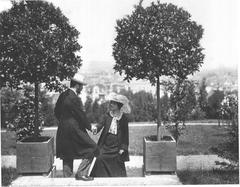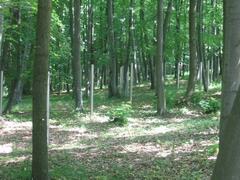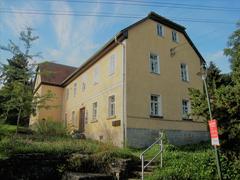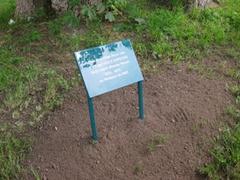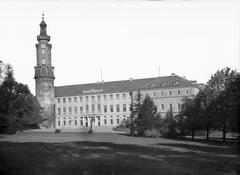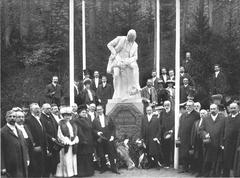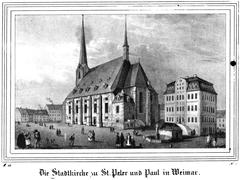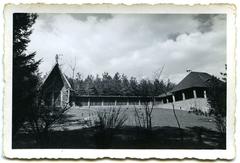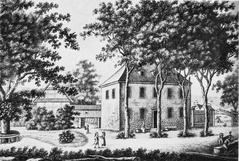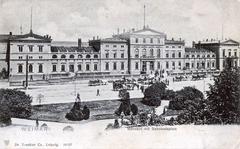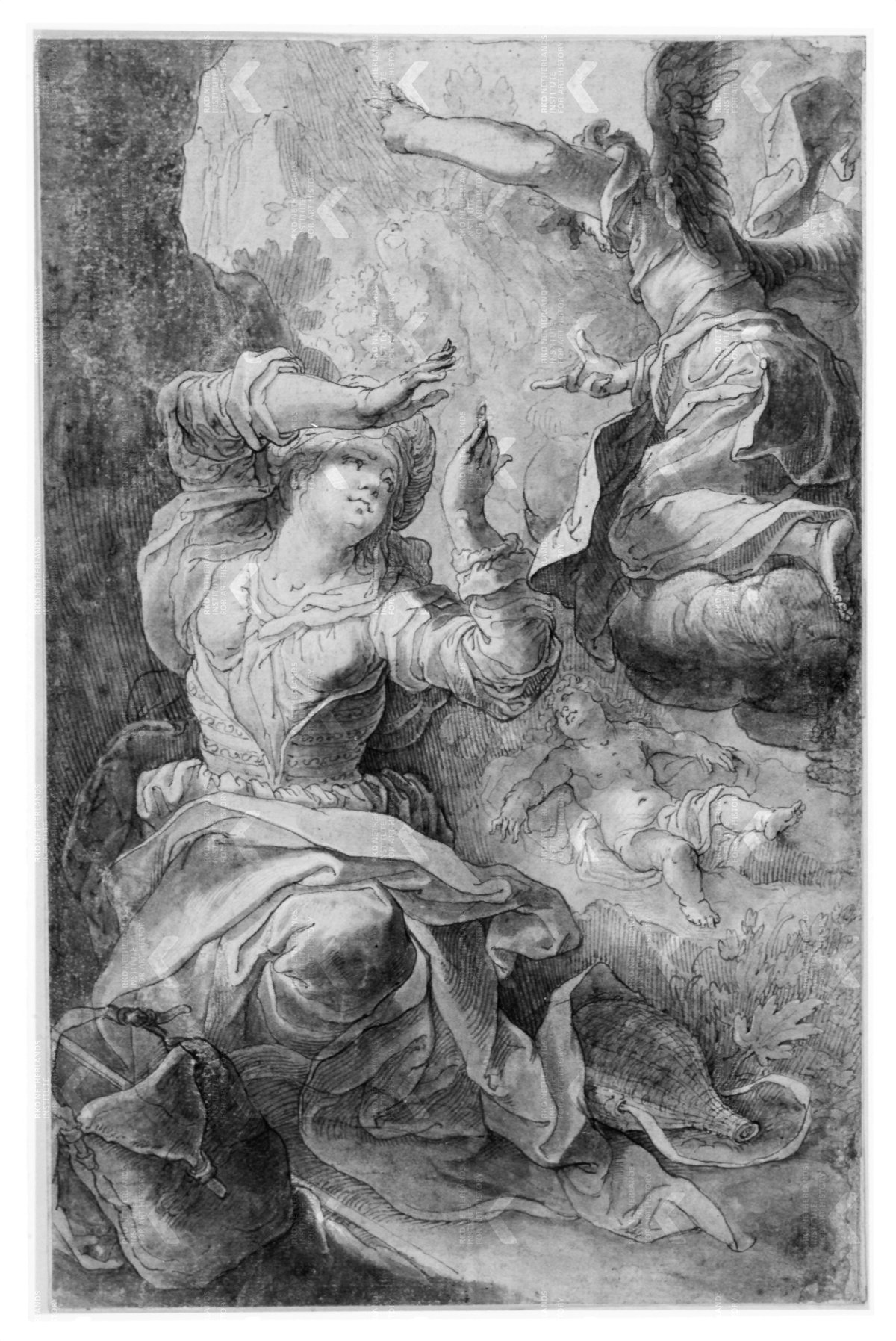
Goethe National Museum Visiting Hours, Tickets, and Weimar Historical Sites Guide
Date: 14/06/2025
Introduction to the Goethe National Museum
The Goethe-Nationalmuseum in Weimar, Germany, stands as a central monument to the life and achievements of Johann Wolfgang von Goethe—one of Europe’s most influential literary and intellectual figures. Located in Goethe’s historic residence at Frauenplan, the museum offers visitors an immersive experience into the world of Weimar Classicism, providing access to authentic living spaces such as the Yellow Hall, the Juno Room, and Goethe’s private study. Additionally, the museum houses diverse collections that reflect Goethe’s wide-ranging interests in literature, the arts, and natural sciences. As part of the UNESCO World Heritage site “Classical Weimar,” the Goethe-Nationalmuseum is a must-visit for those seeking to understand the roots of European cultural heritage.
This guide delivers essential information on visiting hours, ticketing, accessibility, guided tours, travel tips, and nearby attractions, ensuring a rewarding and well-organized visit. Whether you are a literature lover, history enthusiast, or a curious traveler, the Goethe Residence provides a unique journey through one of the most significant epochs in German culture. For official details, consult resources such as klassik-stiftung.de, weimar-touristinformation.de, and tourispo.com.
Table of Contents
- Introduction
- Historical Background
- Visitor Information
- The Goethe Residence Today
- Collections and Exhibitions
- UNESCO World Heritage Status
- Frequently Asked Questions (FAQ)
- Virtual Tours and Visuals
- Plan Your Visit
- Conclusion
Historical Background
Origins and Early History
The Goethe-Nationalmuseum centers around the residence built between 1707 and 1709 by Georg Caspar Helmershausen. Originally a noble property, it was later rented to Goethe, who moved into the western half in 1782. By 1792, the ducal chamber acquired the house, granting it to Goethe as his official residence. Goethe’s partner, Christiane Vulpius, joined him here, and together they made it their home for nearly 50 years (fromplacetoplace.travel; weimar-touristinformation.de).
Goethe’s Renovations and Weimar Classicism
Goethe transformed the residence to embody the ideals of Weimar Classicism—symmetry, order, and harmony. He redesigned the entrance, added niches for sculptures, and introduced elegant stucco ceilings. The garden, tended by Christiane, included sections dedicated to Goethe’s botanical experiments, reflecting his scientific pursuits (tourispo.com).
The Residence as a Cultural Center
Goethe’s home became a vibrant hub for intellectual and artistic exchange, hosting writers, artists, and statesmen. Its rooms, designed for stimulating discussions and creativity, housed Goethe’s expanding art, book, and scientific collections. By Goethe’s death in 1832, the residence had become a living testament to the ideals of Weimar Classicism (klassik-stiftung.de).
Visitor Information
Visiting Hours
- Tuesday to Sunday: 10:00 AM – 5:00 PM
- Monday: Closed
Hours may vary on public holidays and for special events. For current times, check the official website.
Tickets and Booking
- Adults: €8–€14 (depending on exhibition inclusion)
- Reduced: €5–€10 (students, seniors, visitors with disabilities)
- Children under 16/18: Free (age limit may vary; check current policy)
- Family and group rates: Available
- Combination tickets: Offer value for visits to multiple Weimar sites
Tickets can be purchased on-site or online for convenience. Booking ahead is recommended during peak periods (WhichMuseum; Wild Trips).
Accessibility
- The modern exhibition wing is fully wheelchair accessible.
- The historic residence has limited accessibility due to its age.
- Accessible restrooms are available.
- Contact the museum in advance for tailored support (Trek Zone).
Guided Tours and Audio Guides
- Guided tours are offered in German and English; private tours can be arranged.
- Audio guides are available in multiple languages.
- An English-language introductory film on Weimar’s history is available at the entrance (Germany Footsteps).
Travel Tips
- The museum is located at Frauenplan, central Weimar—within walking distance from most major attractions and public transport stops.
- Parking is limited in the city center; consider walking or public transport.
- Plan at least 1.5–2 hours for your visit.
- Combine your trip with nearby sites such as the Duchess Anna Amalia Library, Bauhaus Museum, and the Schiller Residence.
The Goethe Residence Today
The Goethe-Nationalmuseum remains a key cultural and tourist destination, drawing visitors worldwide. It hosts special exhibitions, lectures, and cultural events, maintaining Goethe’s legacy as a figure of global influence (militaryingermany.com; museumrun.com).
Collections and Exhibitions
Goethe’s Residence
- Juno Room: Displays the famed “Juno Head” sculpture, emblematic of Goethe’s classical ideals.
- Study and Library: Preserved with Goethe’s original manuscripts, scientific instruments, and extensive personal book collection.
Exhibition Wing
- Permanent Exhibition: “Flood of Life – Storm of Deeds” explores Goethe’s multifaceted roles as poet, scientist, and collector (klassik-stiftung.de).
- Collections: Around 100,000 objects, including rare manuscripts, art by Rembrandt, Tintoretto, Tischbein, Caspar David Friedrich, and Goethe’s own drawings (de.wikipedia.org; tourispo.com).
Multimedia and Virtual Offerings
- High-quality photographs and virtual tours are accessible online, with descriptive alt tags for accessibility (Google Arts & Culture).
- Interactive installations and musical adaptations of Goethe’s works enrich the visitor experience.
UNESCO World Heritage Status
In 1998, the Goethe-Nationalmuseum and Goethe’s residence were inscribed as part of the “Classical Weimar” UNESCO World Heritage ensemble, recognizing their global cultural and historical significance (whichmuseum.com).
Frequently Asked Questions (FAQ)
Q: What are the museum’s visiting hours?
A: Tuesday to Sunday, 10:00 AM – 5:00 PM. Closed Mondays.
Q: How do I buy tickets?
A: Tickets are available on-site and online. Booking in advance is advised for busy periods.
Q: Is the museum wheelchair accessible?
A: The modern wing is fully accessible; the historic house has some limitations.
Q: Are guided tours available?
A: Yes, in German and English. Audio guides and an English-language film are also offered.
Q: Can I photograph the exhibits?
A: Photography is generally prohibited in Goethe House; check with staff for rules in the exhibition wing.
Q: What other Weimar sites should I see?
A: The Duchess Anna Amalia Library, Bauhaus Museum, Schiller Residence, and Park an der Ilm are all nearby.
Virtual Tours and Visuals
Explore the museum virtually via the official website, which features immersive online tours and high-resolution images of the museum’s interiors and collections.
Plan Your Visit
For up-to-date information on hours, tickets, exhibitions, and events, see the Goethe National Museum official website. For a broader cultural itinerary, visit Weimar Tourist Information.
Conclusion
The Goethe-Nationalmuseum offers a profound journey into the cultural and intellectual heritage of Weimar and Germany. With its authentic residence, extensive collections, and ongoing educational programs, the museum stands as a testament to Goethe’s enduring influence. To make the most of your visit:
- Plan for at least 1.5–2 hours.
- Book tickets in advance, especially during peak times.
- Take advantage of guided tours or audio guides.
- Consider combination tickets for other Weimar attractions.
- Download the Audiala app for digital guides and updates.
- Follow the museum and Audiala on social media for news and events.
Embark on your cultural journey through Weimar—start with the Goethe-Nationalmuseum and deepen your appreciation for German and European heritage.
References
- Goethe Residence in Weimar: Hours, Tickets, and Historical Insights
- Goethe Residence Historical and Visitor Information
- Goethe-Nationalmuseum Overview and Visitor Guide
- Klassik Stiftung Weimar Official Goethe-Nationalmuseum Page
- Goethe-Nationalmuseum in Weimar: Cultural Significance and Practical Visitor Information
- Weimar Cultural Capital and Classical Weimar UNESCO Site
- WhichMuseum Goethe-Nationalmuseum Entry
- Visiting the Goethe-Nationalmuseum: Hours, Tickets & Visitor Guide
- Trek Zone: Goethe-Nationalmuseum Location and Accessibility
- Wild Trips: Visiting Goethe-Nationalmuseum and Weimar Attractions
- Google Arts & Culture: Goethe-Nationalmuseum
